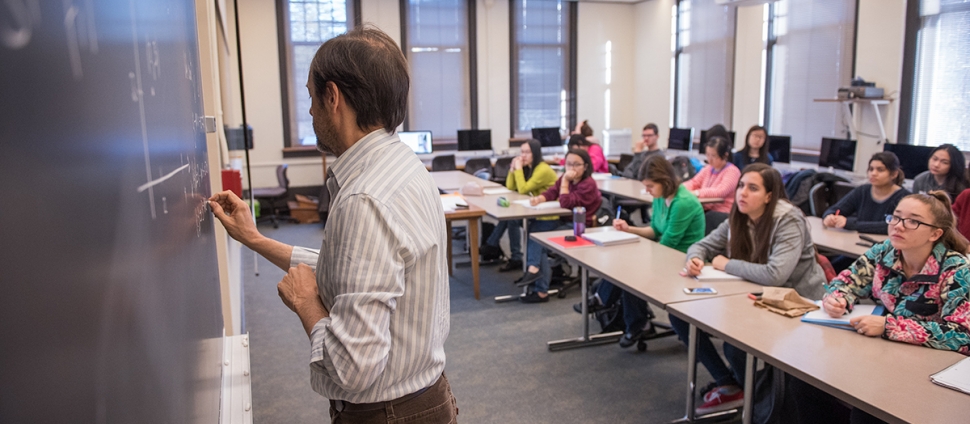Document Type
Conference Proceeding
Publication Date
4-10-2014
Publication Title
EPJ Web of Conferences
Abstract
We propose an extended schematic model for hadrons in which quarks and diquarks alike serve as building blocks. The outcome is a reclassification of the hadron spectrum in which there are no radially excited hadrons: all mesons and baryons previously believed to be radial excitations are orbitally excited states involving diquarks. Also, there are no exotic hadrons: all hadrons previously believed to be exotic are states involving diquarks and are an integral part of the model. We discuss the implications of this result for a new understanding of confinement and its relation to asymptotic freedom, as well as its implications for a novel relation between the size and energy of hadrons, whereby an orbitally excited hadron shrinks.
Volume
70
Rights
© Owned by the authors, published by EDP Sciences, 2014 This is an Open Access article distributed under the terms of the Creative Commons Attribution License 2.0, which permits unrestricted use, distribution, and reproduction in any medium, provided the original work is properly cited.
Version
Version of Record
Recommended Citation
Friedmann, Tamar, "QCD vs. the Centrifugal Barrier: a New QCD Effect" (2014). Mathematics Sciences: Faculty Publications, Smith College, Northampton, MA.
https://scholarworks.smith.edu/mth_facpubs/71


